It’s not all about the tech. Sometimes, to really boost agent productivity, you’ve got to make things interesting, and get them engaging with each other on a regular basis.
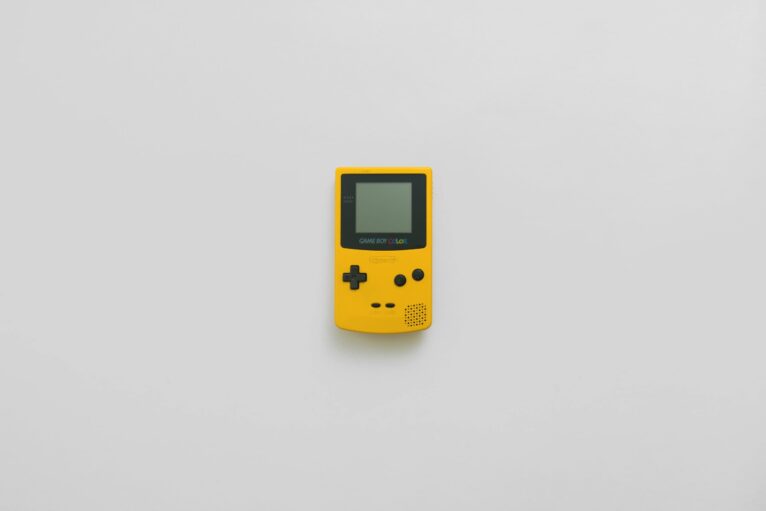
Call centre games can be a very cheap but super-effective way of supercharging team performance and improving efficiency in your contact centre.
In this guide, we’ll outline 14 different games you can set up as a manager to motivate your team. We’ll also outline exactly how each activity can help improve agent performance, allowing you to better assess whether each game is a good fit for your contact centre.
1. Customer success showoff

Give each agent a whiteboard and a couple of whiteboard markers.
At the end of each call, email, or live chat session they respond to, the agent is allowed to (but doesn’t have to) write down something the customer said on the whiteboard – a maximum of one sentence/phrase per call. The aim of the game is to show off how they helped improve your organisation’s customer experience in a particular month.
At the end of the period, you (or another manager) must review each team member’s whiteboard and make a judgement as to who had the most successful resolutions. You can introduce a prize for the winner if you like, but make sure you’re a fair judge! Consider having gold, silver and bronze rewards for larger teams.
Why it’s useful
This game is fantastic for analysing and incentivising individual performance. The qualitative aspect can be a really awesome thing to have – as an agent, nothing beats the feeling of a customer ending the call with “you’ve been an incredible help – thank you so much!” and getting to show it off.
2. Snakes and ladders

Every time a team or team member reaches a certain KPI (like a sale over $1000, or ten customer enquiries resolved), they get to throw a single die and move their piece forward.
Why it’s useful
This game visualises progress towards certain goals – you want to ensure that finishing the board is a relatively challenging objective. The element of luck the snakes/ladders add can make reaching targets more interesting, but it can also be frustrating – it’s probably best to avoid tying any rewards directly into this game.
3. Monopoly
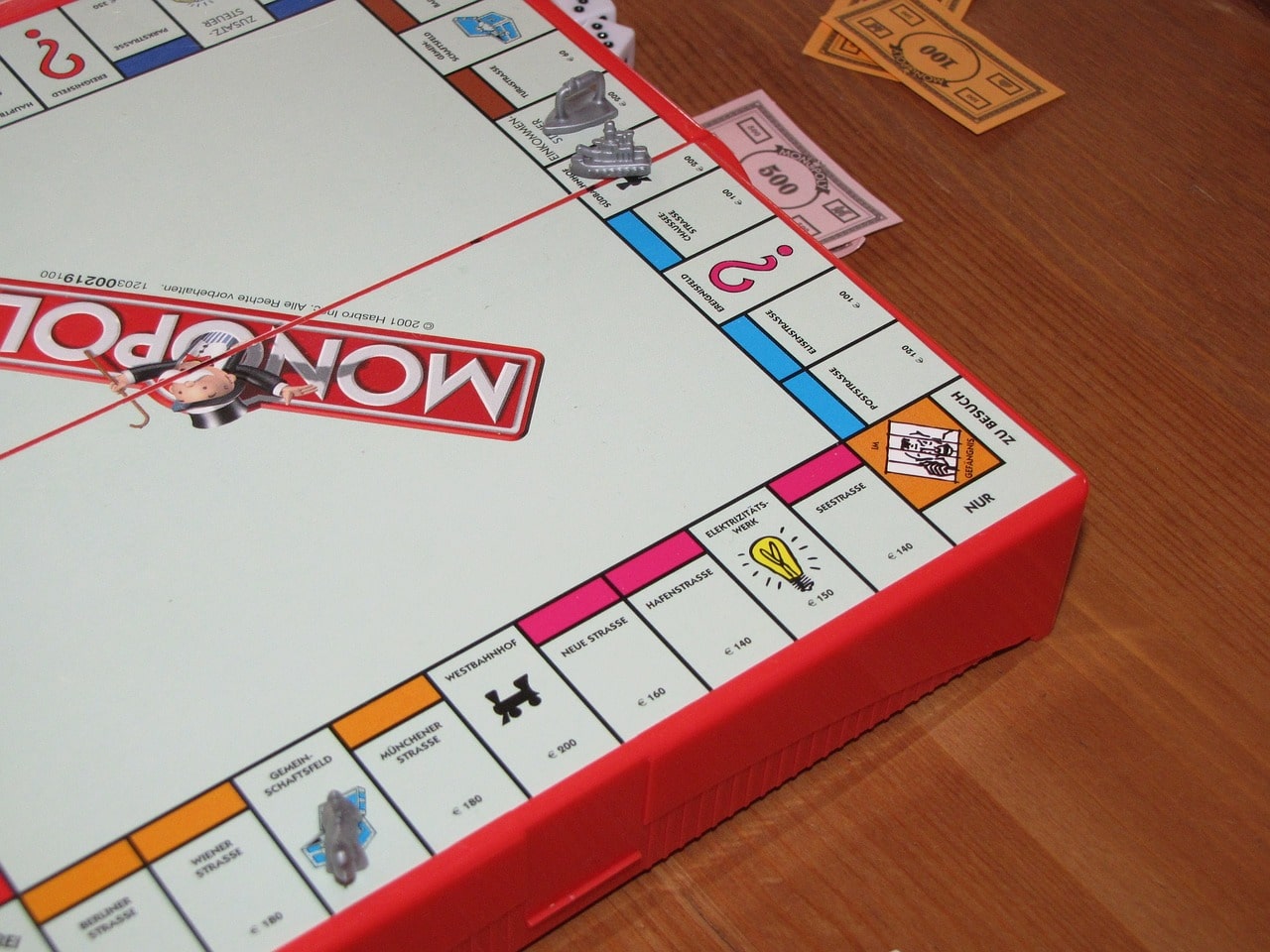
Following on from #2, why not play something super-strategic, like Monopoly?
To make things work, make the following changes:
- Have agents/teams get a throw of the dice for reaching certain KPI targets. Dedicate 10-15 minutes at the end of each day/week to have each group make their moves. If team A has 6 throws to use but team B only has 3, use the order A-B-A-B-A-B-A-A-A.
- Players/teams can own property as before, but the goal is to hoard the Monopoly money rather than spend it on houses/hotels – if you allow buying houses/hotels, the game may become a little time-consuming. If a team lands on another team’s property, just have them pay the minimum amount. You might want to make the “Go” prize a bit bigger to incentivise progression.
- After 2-3 months, allow the players to use their Monopoly money on prizes, like extended lunch breaks, mini toys (like stress balls), and any other cool stuff you think your team would like.
Why it’s useful
Who doesn’t like Monopoly?
This game is great because it keeps things interesting, and gets your agents interacting with each other. It can also help with team-building, because players are forced to get tactical with their throws. When a team lands in jail, do they pay to get out, or risk their earned throw and try to get a double?
4. Forts
Want to pit two teams against each other? Here’s one way of doing it.
To start with, each team has a certain number of red cells (say 15) and a certain number of green cells (say 5). Each red cell is associated with a certain good outcome, like a certain $ value sale. Each green cell is associated with a really awesome/rare outcome, like a much higher $ value sale.
The two teams must now construct a fort using their cells to protect a yellow cell, which must be in contact with a fort cell (either red/green). The two teams then each have a black cell (you could call it the invader) – their task is to get it to tunnel through the fort and reach the yellow cell. The rules for the movement of the invader are as follows:
- It can only pass through clear cells.
- It cannot climb more than one block up.

The movement of the invader (the black cell) is not determined by your KPIs – the elimination of certain cells is. For example, from the set-up image above, let’s say team 1 (who are attacking team 2’s fort) make a massive sale, and then a smaller sale. This results in the invader knocking out a green and then a red cell (the attackers can choose which cells they’d like to eliminate).

Then, it’s only a matter of making two more smaller sales for them to win (maybe the fort could’ve been designed better?).

Where appropriate, it’s a good idea to give the winning team a prize of some sort to motivate them to try and win the game.
Why it’s useful
There’s endless possibilities with this game, especially if your agents are great at strategic thinking. Could you do a 100/20 red/green cube layout over a couple of months?
In order to unlock the full productivity boost offered by this game, you might like to design some basic graphics rather than using a plain spreadsheet.
5. Pass the parcel
Define certain teams (or use your whole group if you’d like) and place each member in a certain order which is easy enough to remember. You might like to define the order based on where everyone sits.
The person at one end begins at the start of the day with a number of tennis balls. When they successfully help a customer or make a sale, they can pass a tennis ball onto the next person. Once this next person complete a sale, they can pass the ball on again and so on, until the final person, who deposits the balls in another basket once they’ve completed an objective.

Obviously there’s a slight issue here – if resolutions are quite difficult to achieve in your organisation, the tennis balls might not flow all that well. People near the end might not have any to offload, and some people may end up with 3-5 tennis balls each. To get around this problem, you can:
- Position your most experienced agents near the start.
- Allow those near the end to “save up” their positive outcomes to use them when the balls come. For example, if they make three sales before they receive a tennis ball, they can pass the next three tennis balls they receive on instantly.
- Pre-populate the field (give everyone a tennis ball to begin with).
Why it’s useful
In many contact centres, it’s good to foster a sense of teamwork even when working on mostly individualised assignments. This trains agents to ask each other for help when needed, and collaborate on strategies for certain initiatives.
What’s more, if you get agents to gently throw the tennis balls over a short distance, this will allow your team to stretch their legs – plus, it gives their eyes a break from the screen every so often. Just make sure there’s nothing too fragile around the desks!
6. Hangman
Looking for something a little less KPI-oriented?
When you’re establishing new teams, it’s important to break the ice and have agents feel comfortable working with each other.
Before getting the team together for an informal chat, draft some reasonably generic questions like “what was a team member’s former job” or “name a team member’s hobby”. After an icebreaker activity (try the one below!) ask the questions – any team member can answer regarding any of their team mates, excluding themselves.
When the team is stumped, draw another line on your hangman. See how many questions they can answer before you finish the drawing!
Why it’s useful
Firstly, this game forces team members to participate and pay attention when you introduce them to each other. It’s also a way of (hopefully!) inducing a few laughs, especially if you throw in some perplexing questions!
7. Liar liar

This is another game you can use for ice-breaking. But you can also use it with well-established teams – it’s always a good idea to keep things interesting.
The first person to be the liar comes up with three facts about themselves – but here’s the twist – one of them isn’t true. The other team members must then ask questions about each of the three facts, and try to figure out which one is the lie. The liar’s job is to maintain the facade!
Once the team has chosen what they think is the lie, the liar reveals the truth, and then it’s the next person’s turn to come up with three facts.
Why it’s useful
This activity is the perfect ice-breaker. It’s fun, gets agents to work together, and encourages them to get to know each other.
For established teams though, there’s an extra dynamic to this game. Since the team members will know each other reasonably well (depending on how long they’ve worked together), this adds an extra challenge for the liar. The guessers have more information to work with (and will be more comfortable working together), which makes the game much more interesting.
8. Golf
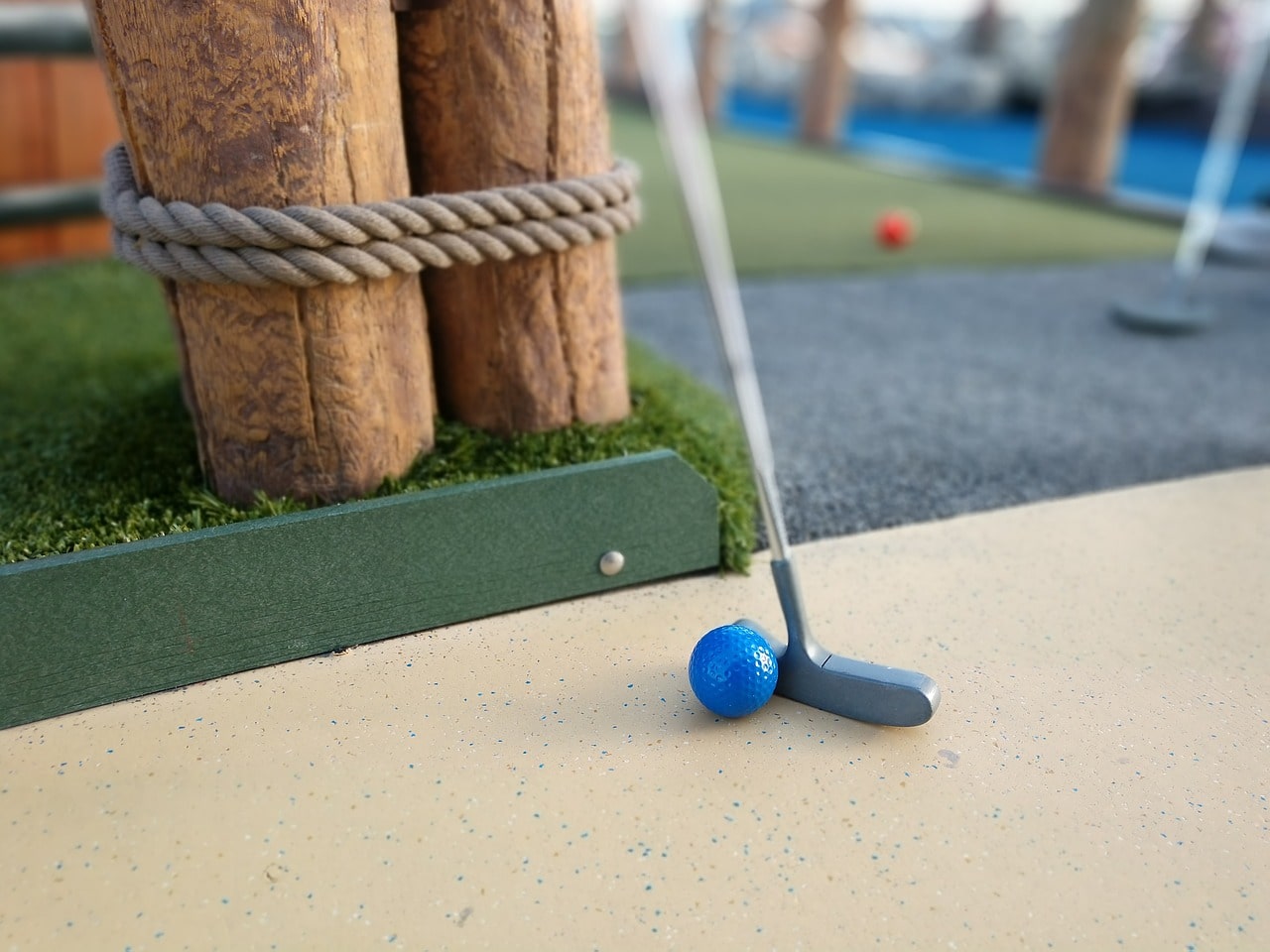
Got a spare putter that doesn’t get much use?
Set up a little golf course – you might want to use a target like a bucket or a mug unless you’ve got a convenient hole in the floor.
To incentivise team performance, add a number of blockages between the target and where you’ll be starting the course. Wooden playing blocks would work well. When someone hits a target/KPI, they’re allowed to remove one of the obstacles. Once there’s a clear line of sight to the target, the team can choose to take the putt – if they make it, they get a prize.
After this, set up the course again – add more blockages if the putt was made too quickly.
Why it’s useful
If you want teams working towards a common goal, this game is an excellent way to visualise progress. Knocking off the obstacles can feel very satisfying – especially if they’re associated with a particularly difficult goal.
Just make sure that the actual putt is relatively easy to hit once the barriers are clear, and let your team’s best golfer take the shot. Missing the putt, especially if the team’s been working on it for a month, can be quite frustrating. Consider making it so that they just have to hit the outside of the mug for instance, rather than having to actually roll the ball into it.
9. Lava

This game not only promotes teamwork, it can give your team a bit of a workout too!
Basically, the floor is lava, and your team has to get from one area to another – use an Indiana-Jones style golden artifact if you like! If someone can reach the treasure, the team gets a reward.
To traverse the “lava”, you’ll need to give your team some things they can use as stepping-stones, which they can lay down when they achieve a certain goal. You can use those interlocking foam tiles for example, or just draw squares with chalk if you’ve got an outdoor area.
If the team decides to send someone and they touch the actual floor, clear the tiles and make your agents start over again.
Why it’s useful
This isn’t just a test of agility for whoever ends up making the run – it’s a team-building exercise too. Will they play it safe and make it really easy to step from one tile to another, or will they try to get the reward sooner by making bigger jumps?
If you let them do the latter, make sure you’ve got plenty of space. Also consider your WH&S obligations!
10. Chinese whispers
Playing Chinese whispers isn’t going to revolutionise agent productivity. However, it’s another fun ice-breaking exercise, with a hidden performance benefit.
In case you don’t know how to play, this is how it works:
Have your team sit in a circle. One person is shown a 1-2 sentence message, which other players can’t see. This person must then whisper this message to the next person in the circle, who then whispers it to the next person, and so on. Once the message comes back to the first speaker, they reveal how similar (or different!) it was to what they originally said. See who misheard what!
Why it’s useful
If you’re making/receiving tons of calls, clear communication (both speaking and listening) is key. Your agents have to deal with soft-spoken callers, poor-quality POTS connections, and strong accents on a daily basis. Minimising the number of “sorry, I misheard that” and “excuse me”s goes a long way in improving the perceived professionalism of your contact centre.
11. Hoarder

Set up a box with a number of medium-sized objects which can be used as tokens. For example, tennis balls (for a small team), playing cards, or marbles. Every time a team member completes a sale or resolves a customer’s problem, they can take a token back to their desk and put it in a glass bowl.
Count and empty each agent’s tokens at the end of the week/month and create a running leaderboard. You might like to have a prize for whoever comes out on top after every 3-6 months.
For an added twist, allow agents to take a token from another person’s bowl rather than making them grab it from a central stash!
Why it’s useful
What you’re doing here is visualising employee success. Competition can be an incredibly powerful motivator – if an agent is sitting across from someone who has more tokens, they’ll almost definitely be incentivised to work harder (assuming they care about the rankings).
You’ve got to be very careful that you don’t create unhealthy competition though. At the end of the day, it should all be in good fun, and agents should still be able to work well together.
12. Beach ball
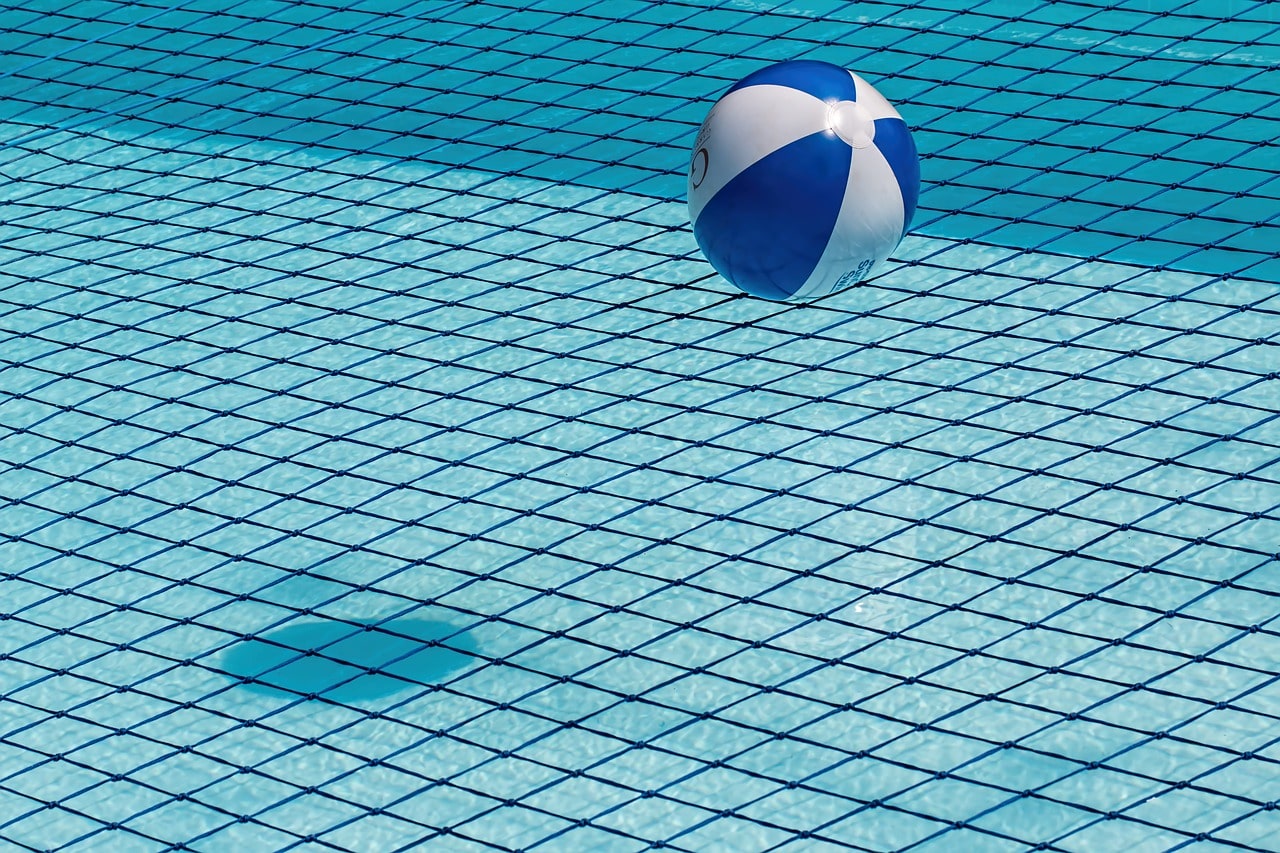
Looking for something a little more hands-off?
Grab a beach ball, and throw it to the first person who makes a sale/booking or resolves a customer issue on that specific day. They then pass it onto the next person who completes a certain outcome and so on.
To make things a little more interesting, set a timer to go off any time within the next 8 hours (or however long your workday is). Whoever had the ball at that time gets a raffle ticket, or a prize. You might want to only announce the winner at the end of the day though – if someone’s picked at 10AM, there’s little incentive for your team to continue passing the ball around since they know that the winner has already been chosen.
Why it’s useful
This is yet another game that incentivises individual performance.
However, it has another benefit – this game keeps your team interacting throughout the day, not just on their lunch break. Although you might see an uptick in your wrap/preview time, maintaining communication can go a long way in improving team morale.
13. Jenga
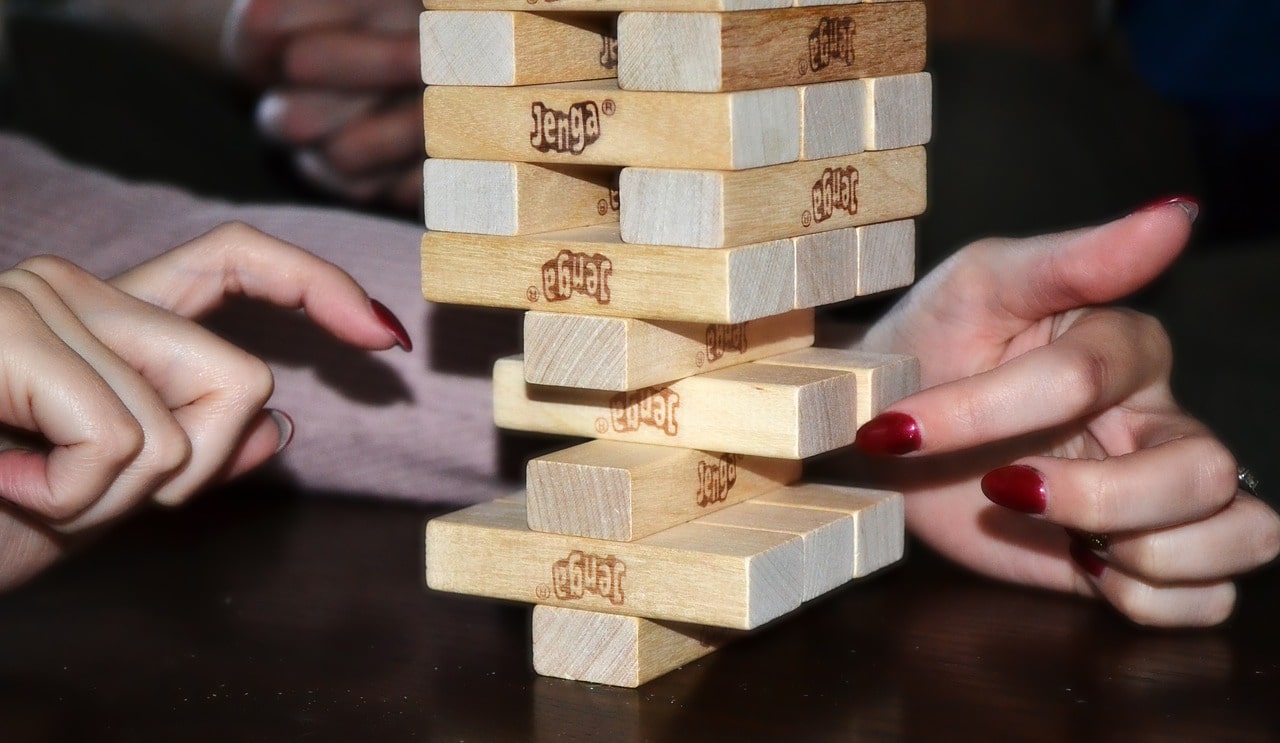
In some contact centres, it’s a good idea to reward good outcomes without directly pitting agents against each other.
Jenga is a fun way to motivate employees to perform. Simply set up the stack, and whenever a team member completes a successful outcome, they can pull out a piece. If they put it back on the top of the stack successfully, they get a point. Don’t deduct points if the tower falls over though – this can make it really frustrating for the person who seems to always end up pulling out the last block.
It’s up to you what you do with the points system. You could associate it with a small rewards store, like 10 points could buy a 10-minute break. Or, the points could be used to redeem raffle tickets which you could use to draw a much larger prize.
Why it’s useful
As we mentioned, this is a simple way to visualise team performance without pitting people directly against each other.
The other benefit of this activity is exercise (assuming the Jenga stack is on a central table) – it gets your agents up and moving! This can alleviate feelings of restlessness, improving worker productivity.
14. World Cup
Who says your agents aren’t athletes?
To play the World Cup in your contact centre, you’ll need to randomly assign players (or just a single player) to each team. The tournament has 32 teams by default, which starts with a group stage (four teams in each group, two of which go through) whereby each team plays each other once. However, you can use a bracket format (like the one below) to make things easier.

Each day/week in your contact centre is a match in the tournament. Whoever made the most sales, resolved the most issues, or took the most donations out of the two teams/individuals in each match progresses to the next round. If it’s a tie, use metrics like lowest break time to decide a winner.
Why it’s useful
Playing a tournament like this is a relatively easy way to keep things interesting in your contact centre and start some healthy competition. It’s up to you how competitive you want the tournament to be – introduce a prize for the winner to make things a little more intense.
Conclusion
It’s important to note that certain games won’t work well in every call centre. Some agents may resist engaging in these activities, which can harm employee morale and lower productivity.
Ultimately, it’s up to you to pick the appropriate game and adapt it so that it’s perfect for your contact centre. Feel free to completely change any of these games before using them – they’re only guidelines, after all!
